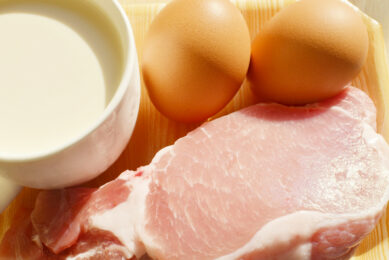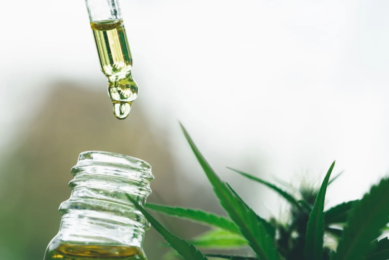Exploring a way to prevent Campylobacter’s antibiotic resistance
Agricultural producers raising swine and turkeys know they need to worry about two related pathogens in the animals – Campylobacter jejuni and Campylobacter coli. Things become more complicated when those pathogens find ways to resist antibiotics intended to maintain the animals’ health.
Much of the blame for this situation, explained Qijing Zhang of Iowa State University, can be placed on a mechanism in the bacteria called the efflux pump. It pushes out toxic substances from bacterial cells, but it also pushes out antibiotics. When the antibiotics are extruded by the pumps, pathogens such as Campylobacter are able to resist those antibiotics and survive in the animal hosts.
Zhang, a professor of veterinary microbiology and preventive medicine, is working on a project supported by the Food Safety Consortium aimed at stopping the efflux pumps’ effectiveness. Of the various efflux pumps in the bacteria, the one at the top of his list is labeled CmeABC.
“The first one we need to knock out or inhibit is CmeABC,” Zhang said. “That is the predominant one. If we can figure out some ways to block that pump and make it nonfunctional, basically Campylobacter will not be able to extrude antibiotics efficiently.”
Zhang’s research team has found two other efflux pumps – named Cjl375 and Cjl678 – that also enable Campylobacter to resist antibiotics. The pumps apparently work synergistically so that Campylobacter achieves a high level of resistance.
The strategy at this point is for the researchers to find an effective and stable inhibitor to block the pump’s effectiveness, which would make Campylobacter more susceptible to antibiotics and also prevent Campylobacter from colonising in animals’ guts. “So, one stone, two birds,” Zhang said.
©
The search for such inhibitors remains a challenge, and Zhang isn’t yet sure whether the inhibitors will turn out to be natural or synthetic products.©The eventual goal is to develop a product for commercial use either at the farm or in the processing plant. Part of the complexity lies in the ability of efflux pumps to extrude multiple antibiotics at once.
“That means if we design inhibitors, then potentially we will be able to prevent the resistance to multiple antibiotics, not just to one antibiotic,” Zhang said.
“That means if we design inhibitors, then potentially we will be able to prevent the resistance to multiple antibiotics, not just to one antibiotic,” Zhang said.
The effort is a long-term project. Over the next couple of years, Zhang’s research team will seek to identify a potential chemical compound in a natural product that will show promise of inhibiting an efflux pump. Then it will be possible to predict how many years may be needed to commercialize it for practical use.
©
©
Source: Food Safety Consortium
©
©
©
©











